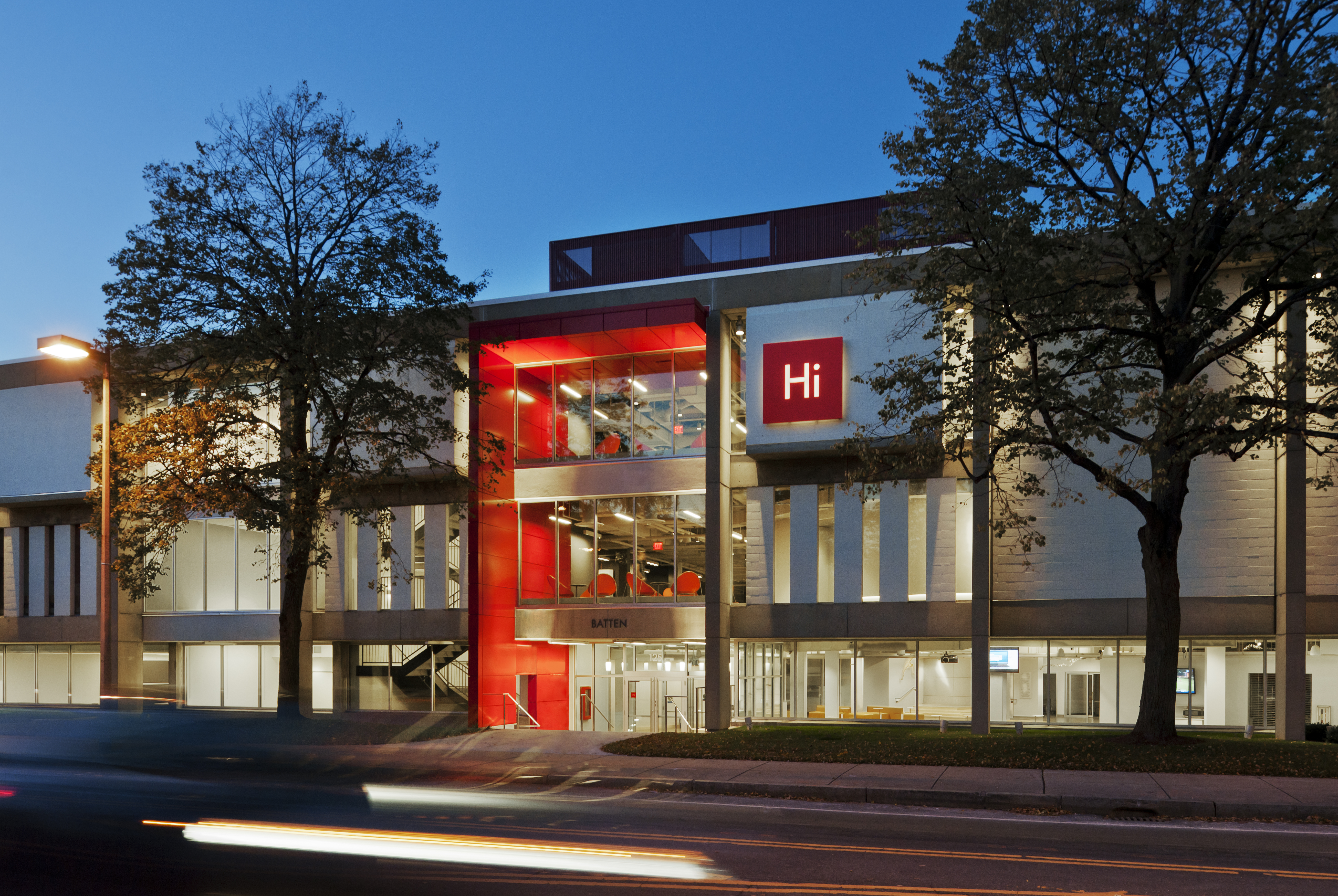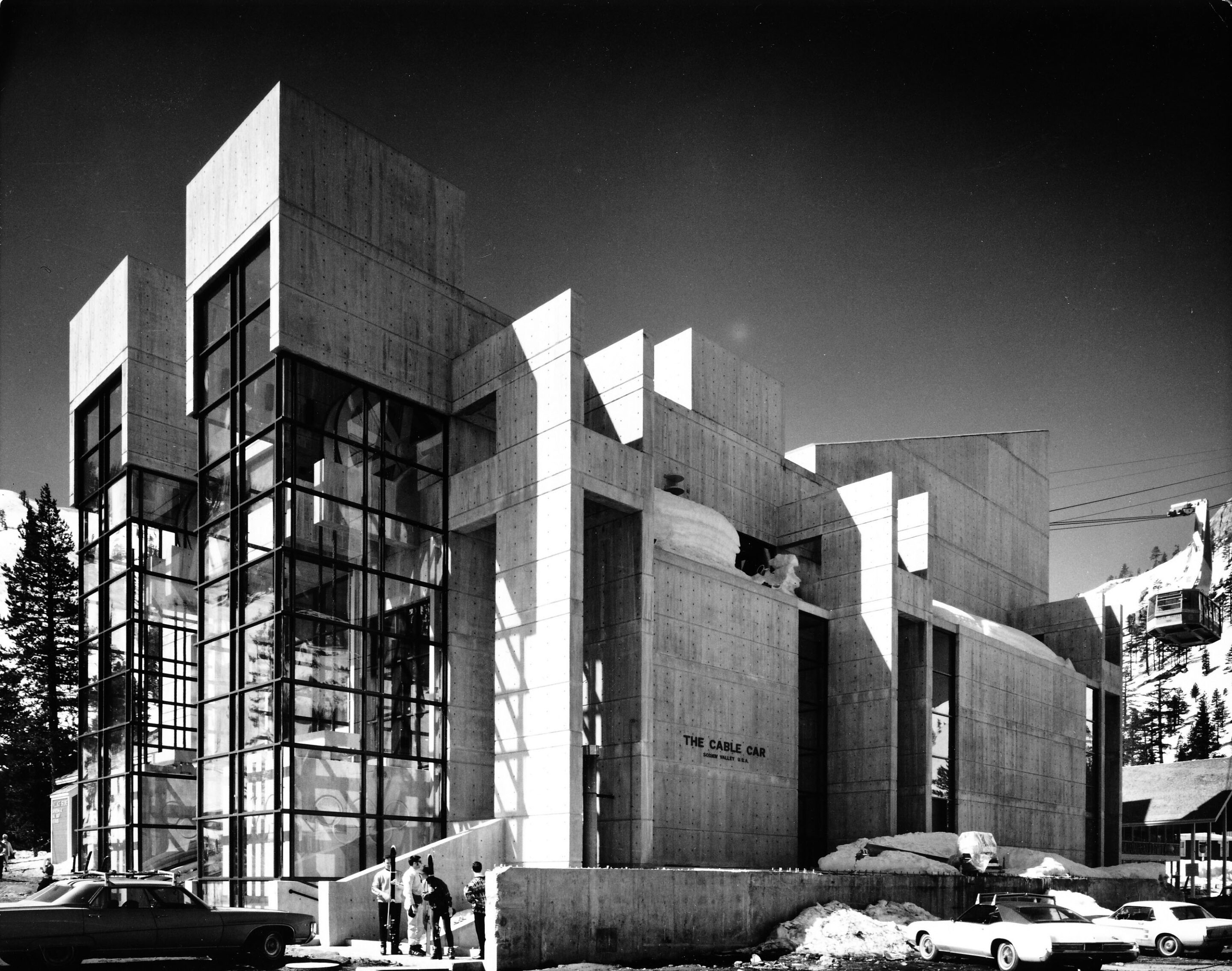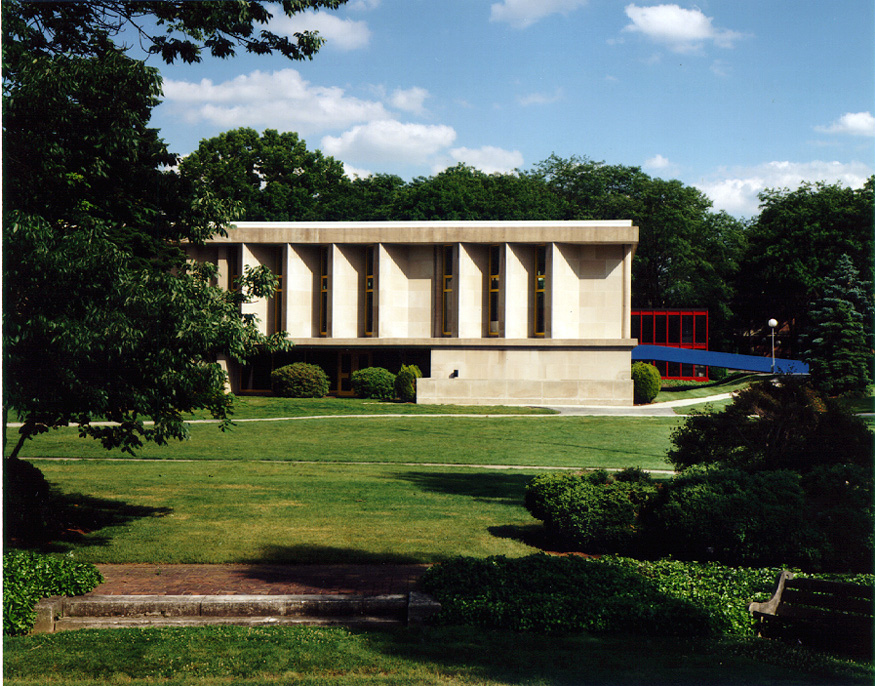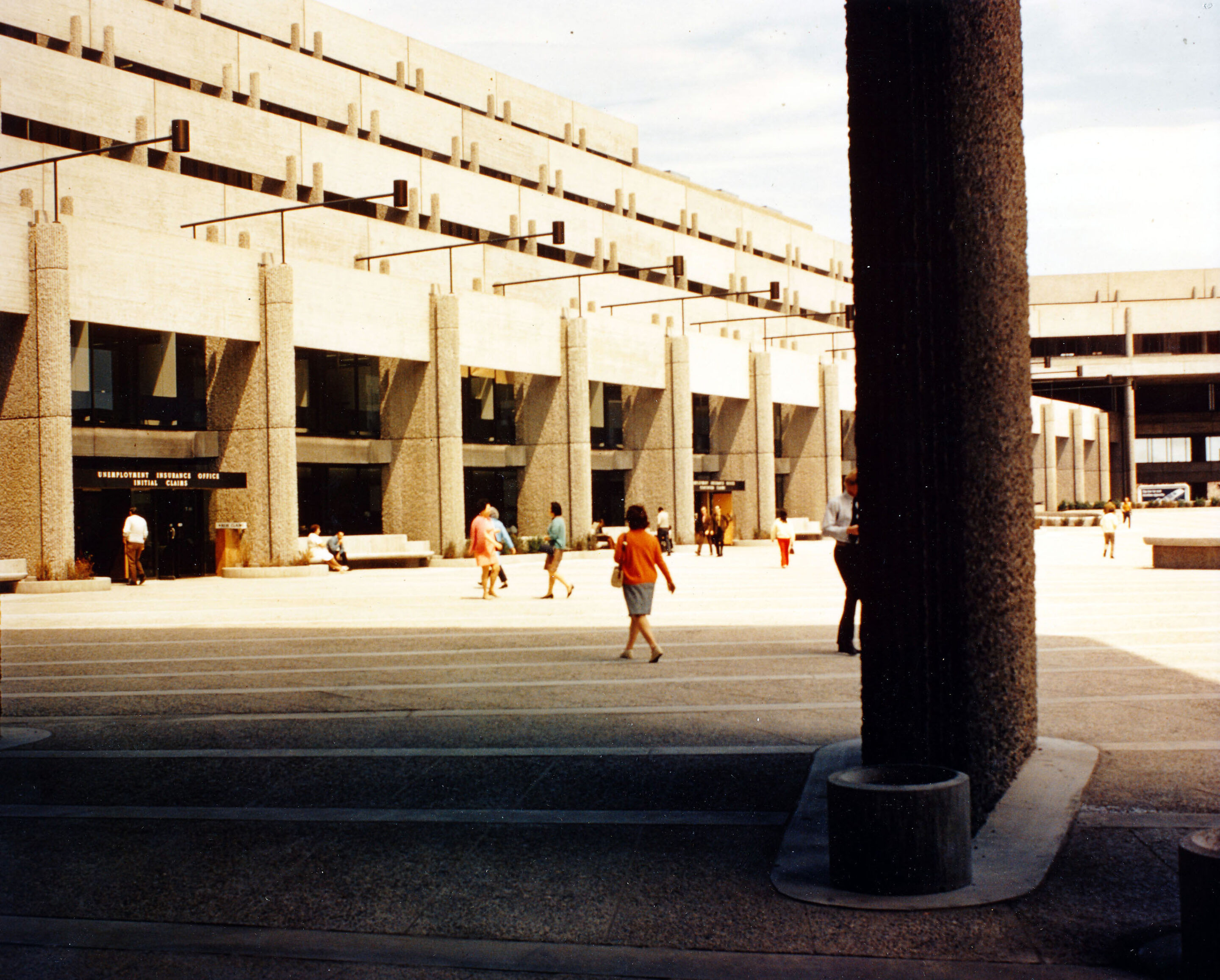Breathing New Life into Brutalist Libraries

The Harvard Innovation Lab in Allston, MA is a renovation of a 1965 Brutalist design by Hugh Stubbins. Photo © Shepley Bulfinch.
Understanding Brutalism and its Influence on Campuses
Despite the term’s connotation in English, “brutalist” derives from the French béton brut – raw concrete – the style’s signature material. To some, the bold, unadorned, and expressive forms of brutalism are inspiring symbols of the post-war period’s democratic and civic ideals, but to others they are unwelcoming, inflexible, and overly monumental buildings that are tuned to outdated modes and needs. The difficulty with mid-century structures is that they embody both these realities, and although the term “heroic” is a way to honor these ambitious structures, this re-branding does little to assuage the fact that many brutalist buildings require investment and transformation to overcome their foreboding impression.

The Cable Car Building at Paradise Valley Ski Resort in Tahoe City, CA, is an original Brutalist design by Shepley Bulfinch Richardson and Abbott. Photo © Shepley Bulfinch.

The former Gutman Library at Thomas Jefferson University, originally designed in 1967 by George M. Ewing, was renovated in 1991 by Shepley Bulfinch Richardson and Abbott to house architecture and design studios Photo © Shepley Bulfinch.
Best Practices in Renovating Brutalist Architecture
In these types of projects, the key is to embrace complexity. Brutalist architecture can present unusual challenges, with these structures often conflicting with energy codes and accessibility standards. An integrated, iterative design process allows for a holistic approach, identifying new considerations early and planning for different potential scenarios.
Renovating Brutalist libraries is not just about preserving architectural heritage; it’s about transforming these monumental structures into vibrant, functional spaces that meet the needs of today’s users. As we look to the future, trends in library design emphasize flexibility, technology integration, and community-centered approaches. These innovations ensure that libraries remain relevant and continue to serve as hubs of knowledge, creativity, and connection. When institutions invest in their library spaces, they create a profound impact on academic success and community engagement.

The Charles F. Hurley Building in Boston was designed by Shepley Bulfinch Richardson and Abbott, alongside Paul Rudolph, in 1973. Photo © Shepley Bulfinch.

Bob Mohr, AIA, LEED AP
Principal



